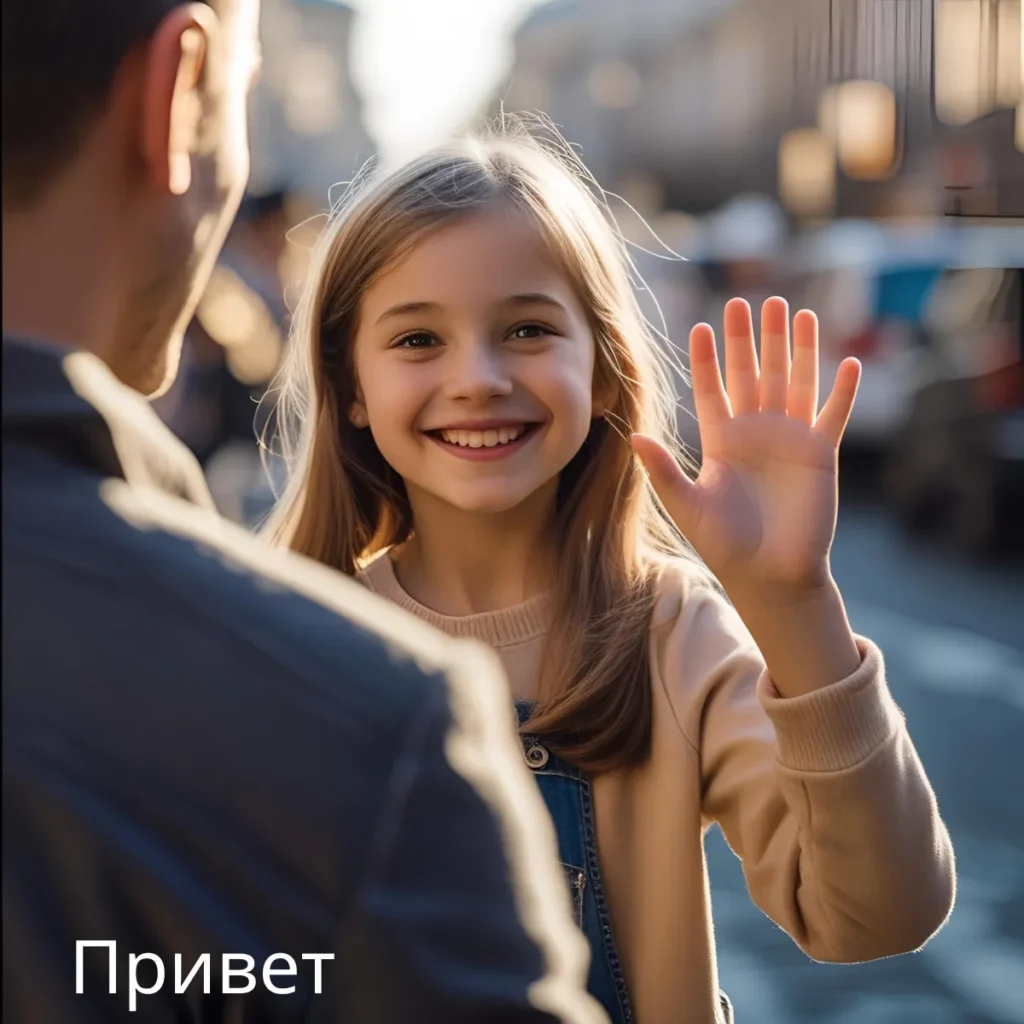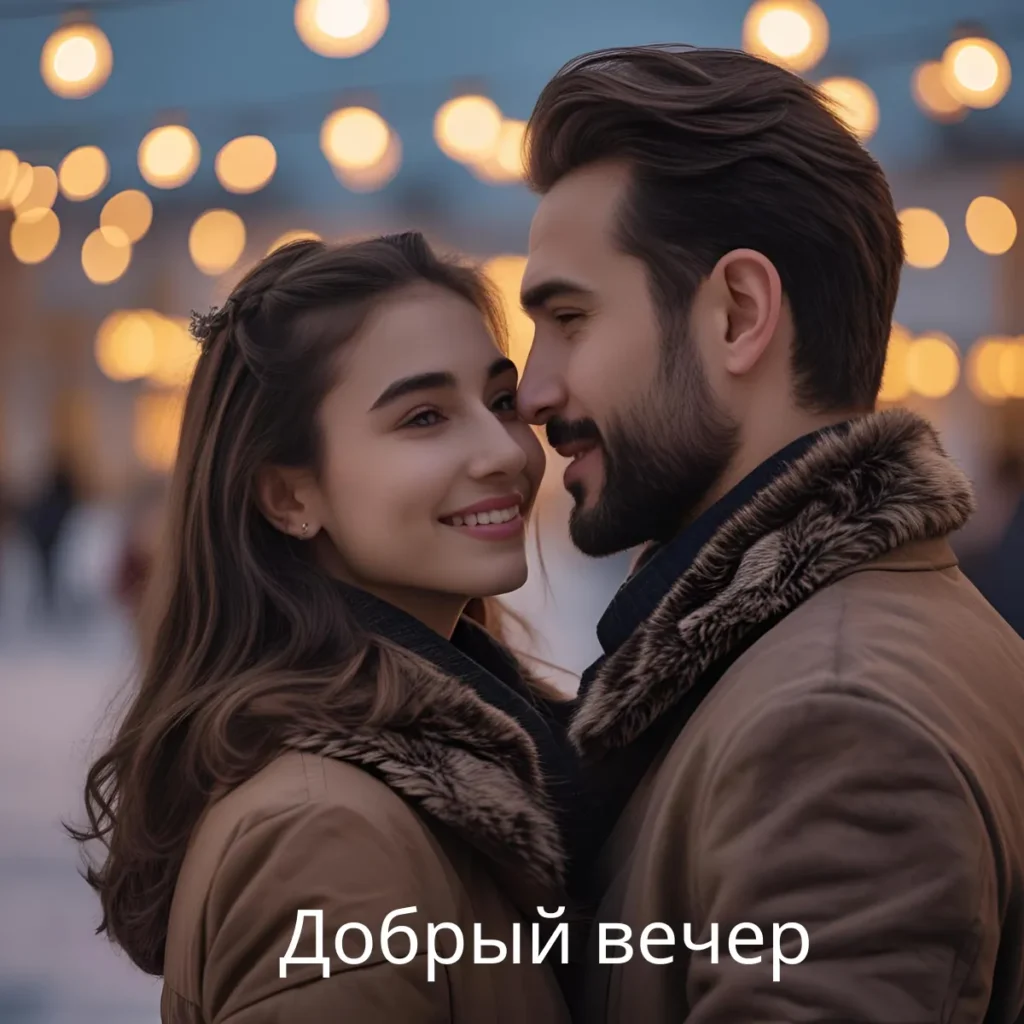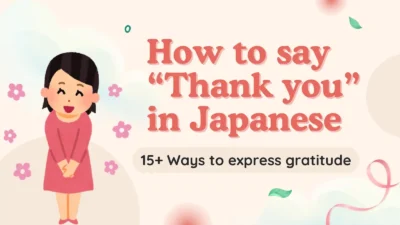How to Say Hi in Russian is one of the first things you’ll want to learn if you’re planning to visit Russia or connect with Russian speakers. From casual hellos to more formal greetings, Russian has a variety of ways to say hi depending on the context and who you’re speaking to.
Mastering these greetings not only helps break the ice but also shows respect for the Russian language and culture. If you’re learning Russian for travel, study, or fun, knowing how to say hi is a great place to start!
Learning how to say hi in Russian can help you make a great first impression in any conversation. It’s a simple yet powerful step toward understanding Russian communication and building strong connections
Say Hi in Russian Examples & Origin
In this guide, you’ll learn 15 ways to say hi in Russian, complete with sample dialogues and background info to help you sound natural, respectful, and confident.
15 Ways to Say Hi in Russian (With Meaning & Usage)
| No. | Russian Phrase | Pronunciation | Meaning in English | Usage / When to Use |
|---|---|---|---|---|
| 1 | Привет | pree-VYET | Hi | Casual greeting for friends. |
| 2 | Здравствуйте | ZDRAV-stvooy-tye | Hello (formal) | Use with strangers, elders, or in formal settings. |
| 3 | Здравствуй | ZDRAV-stvooy | Hello (semi-informal) | Use with one person, polite but friendly. |
| 4 | Приветики | pree-VYE-tee-kee | Heyyy / Cute hi | Playful; used by young people. |
| 5 | Алло | ah-LO | Hello (on phone) | Use only when answering calls. |
| 6 | Йо | yo | Yo / Hey | Very casual slang. |
| 7 | Эй | ey | Hey | Used to get someone’s attention. |
| 8 | Всем привет | vsem pree-VYET | Hi everyone | Greeting a group. |
| 9 | Доброе утро | DOH-bra-ye OO-tra | Good morning | Morning greeting. |
| 10 | Добрый день | DOH-briy dnyen | Good afternoon / Good day | Neutral polite greeting. |
| 11 | Добрый вечер | DOH-briy VYE-cher | Good evening | For evening greeting. |
| 12 | Как дела? | kak dye-LA? | How are you? | Casual follow-up after hello. |
| 13 | Рад тебя видеть (m/f changes) | rad tee-BYA VEE-det’ | Good to see you | Friendly greeting. |
| 14 | Давненько не виделись | dav-NEN-ko nye VEE-dee-lees’ | Long time no see | Use when catching up. |
| 15 | Мир тебе | meer tee-BYE | Peace to you | Warm, emotional greeting. |
1. Здравствуйте (Zdravstvuyte) – Hello (Formal)
Origin:
A traditional and formal greeting meaning “be healthy.” It’s widely used in professional, public, or respectful interactions.
Example:
👤 User A: Здравствуйте, Анна Сергеевна.
👤 User B: Здравствуйте. Как ваши дела?
Use: Formal and respectful; for elders, strangers, or in the workplace.
2. Привет (Privet) – Hi

Origin:
The most common informal greeting. It comes from old Slavic roots meaning “to wish well.”
Example:
👤 User A: Привет, Оля!
👤 User B: Привет! Давно не виделись!
Use: Informal, used among friends and family.
3. Здорово (Zdorovo) – Yo / Sup
Origin:
Derived from the word “здоровье” (health). In modern slang, it became a cool, casual greeting, especially among men.
Example:
👤 User A: Здорово, брат!
👤 User B: О, здорово! Как дела?
Use: Informal, often used by young people or men.
4. Приветик (Privetik) – Hey there / Hiya
Origin:
A cute or affectionate version of “привет.” The “-ик” suffix adds softness.
Example:
👤 User A: Приветик, Катя!
👤 User B: Приветик! Рада тебя видеть!
Use: Very informal and sweet; among close friends or romantic partners.
5. Приветули (Privetuli) – Hey cutie!

Origin:
A playful and modern take on “привет,” commonly used in online chats and texts.
Example:
👤 User A: Приветули, как день прошёл?
👤 User B: Приветули! Отлично, спасибо.
Use: Very informal; mostly in texts or playful exchanges.
6. Алло (Allo) – Hello (on the phone)
Origin:
Borrowed from French “Allô,” this greeting is only used when answering the phone.
Example:
📞 User A: Алло?
📞 User B: Привет, это Иван.
Use: Phone conversations only.
7. Доброе утро (Dobroye utro) – Good morning
Origin:
Literally “kind morning.” Used just like “Good morning” in English.
Example:
👤 User A: Доброе утро, коллеги!
👤 User B: Доброе утро!
Use: Formal or informal depending on tone; based on time of day.
8. Добрый день (Dobryy den’) – Good afternoon
Origin:
Literally “kind day.” This is the go-to formal greeting during midday.
Example:
👤 User A: Добрый день, я по поводу собеседования.
👤 User B: Добрый день, проходите, пожалуйста.
Use: Formal and polite, especially in professional settings.
9. Добрый вечер (Dobryy vecher) – Good evening

Origin:
Translates to “kind evening.” Used in evening conversations.
Example:
👤 User A: Добрый вечер, Александр.
👤 User B: Добрый вечер! Рад вас видеть.
Use: Formal and time-based.
10. Хай (Khaj) – Hi (slang)
Origin:
A borrowed anglicism from “hi.” Used mostly in texts or among young people.
Example:
👤 User A: Хай, что делаешь?
👤 User B: Хай! Просто отдыхаю.
Use: Very informal; digital communication.
11. Салют (Salyut) – Hey / Salute
Origin:
Borrowed from French, meaning “salute.” It’s a cool and breezy way to say hi.
Example:
👤 User A: Салют, друзья!
👤 User B: Салют! Где был?
Use: Informal, stylish, and modern.
12. О, привет! (O, privet!) – Oh, hi!
Origin:
Adding “О” gives surprise or excitement, similar to “Oh, hey!”
Example:
👤 User A: О, привет! Не ожидал тебя увидеть!
👤 User B: Привет! Я тоже тебя рад видеть.
Use: Warm and spontaneous greeting.
13. Йо (Yo) – Yo (urban slang)
Origin:
Borrowed from American street culture. Rare in spoken Russian but found in subcultures and online.
Example:
👤 User A: Йо, народ, что нового?
👤 User B: Йо! Всё по-старому.
Use: Urban, niche, or humorous.
14. Приветствую (Privetstvuyu) – I greet you
Origin:
An old-fashioned or literary greeting, still used formally by some or in writing.
Example:
👤 User A: Приветствую, уважаемые коллеги.
👤 User B: Благодарю. И вас приветствую.
Use: Formal, ceremonial, or official.
15. Шалом (Shalom) – Shalom / Peace
Origin:
A Hebrew greeting meaning “peace.” Used by Russian-speaking Jewish communities or in cultural contexts.
Example:
👤 User A: Шалом, друг!
👤 User B: Шалом! Как жизнь?
Use: Cultural or religious; among Russian-speaking Jews.
FAQs
1. What is the most common way to say “Hi” in Russian?
The most common word is “Привет” (Privet). It means Hi and is informal.
2. How do I say “Hello” formally in Russian?
Say “Здравствуйте” (Zdravstvuyte). Use it with strangers, elders, or in professional settings.
3. Is “Privet” polite enough for adults?
Yes, but it’s casual. Use it with friends, classmates, or people your age.
4. How do I pronounce “Privet”?
It sounds like: pree-VYET.
5. How do I say “Hi everyone” in Russian?
Say “Всем привет!” (Vsem privet!) meaning Hi everyone!
6. How do I say “Hey” in a friendly way?
You can say “Эй!” (Ey!) just like English Hey!
7. How do I say “Good morning” as a greeting?
Say “Доброе утро” (Dobroye utro) which means Good morning.
8. How do I say “Good afternoon” or “Good day”?
Say “Добрый день” (Dobryy den’)
meaning Good afternoon / Good day.
9. How do I say “Good evening” in Russian?
Say “Добрый вечер” (Dobryy vecher).
10. Is there a very casual or slang greeting in Russian?
Yes! Young people often say “Приветики” (Privetiki) which is a cute / playful hi.
Conclusion:
Now that you know how to say hi in Russian, you’re ready to start conversations with confidence and cultural awareness.
Whether you’re greeting a friend, a stranger, or someone in a formal setting, using the right Russian greeting can go a long way. So go ahead — say “Привет” (Privet) or “Здравствуйте” (Zdravstvuyte) and make your Russian interactions warmer and more genuine.
Practicing these greetings daily will help you sound more natural and confident in real-life situations.
.



